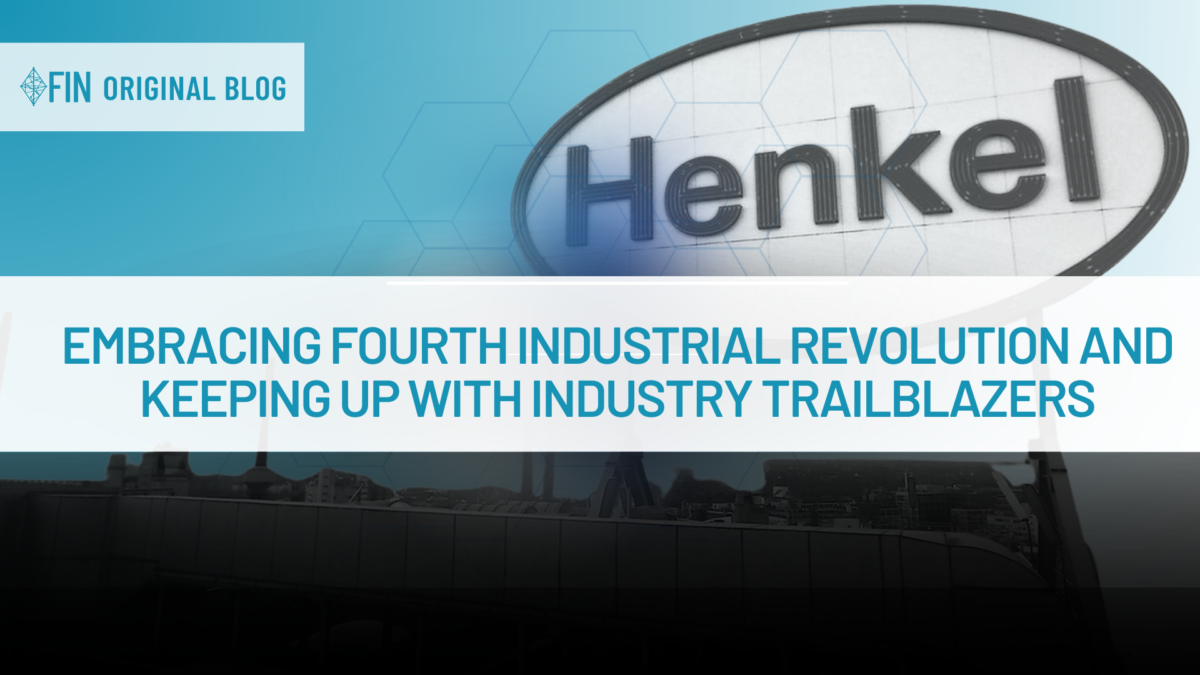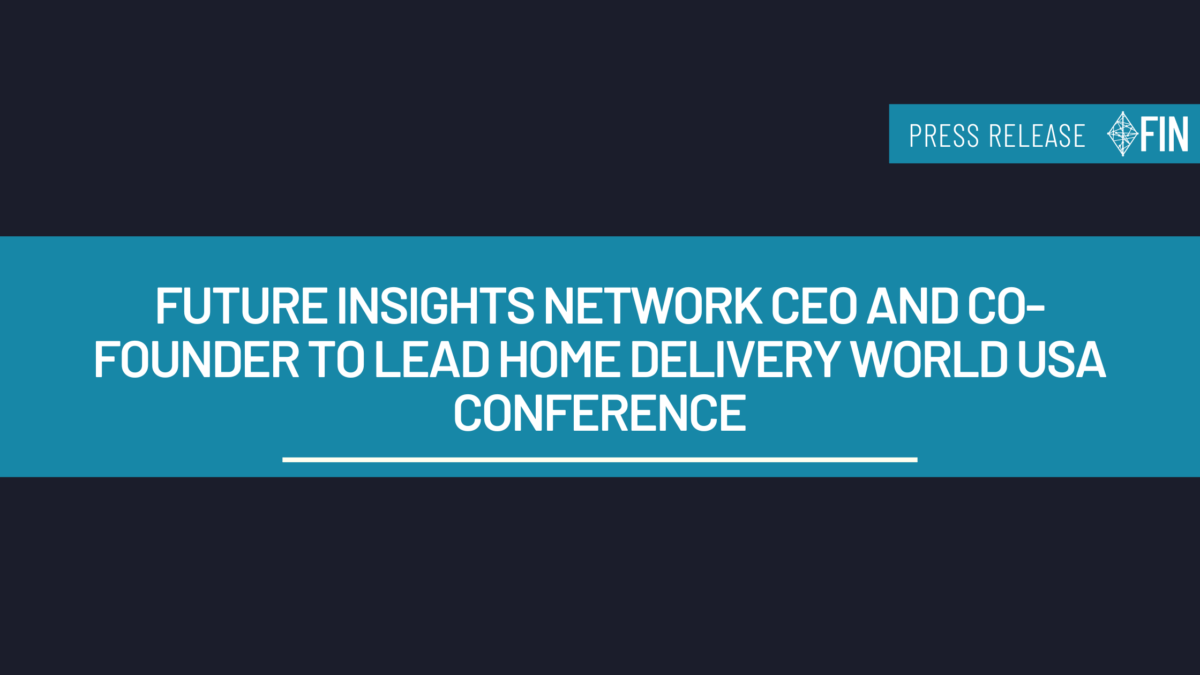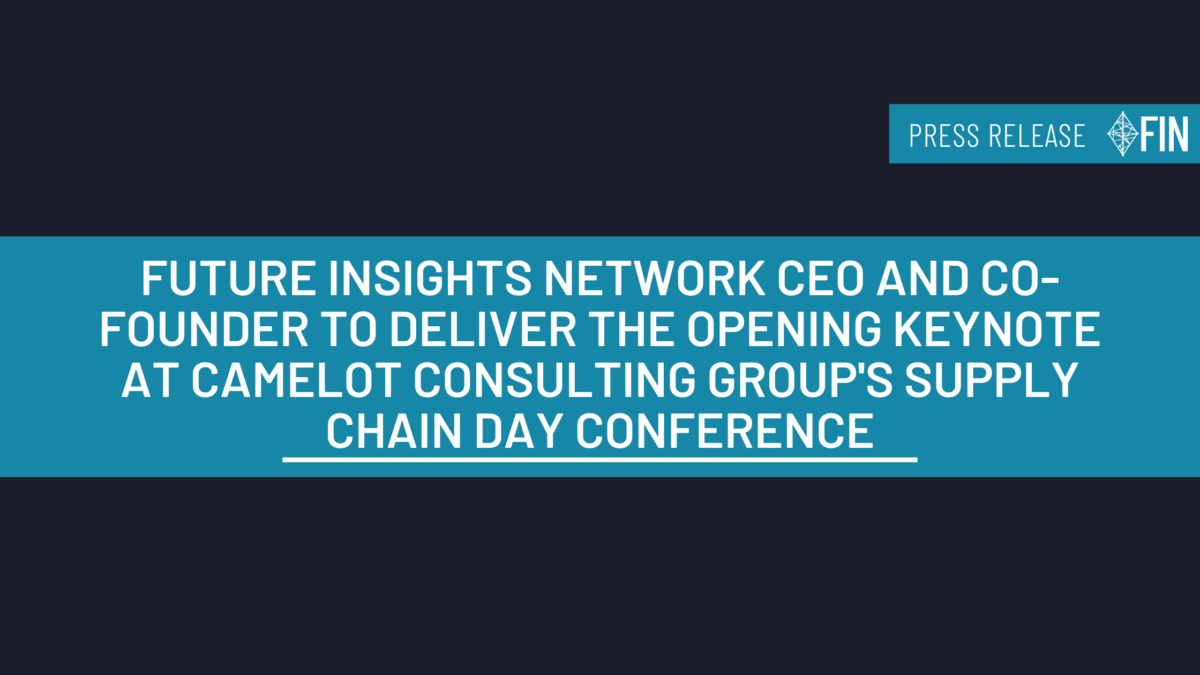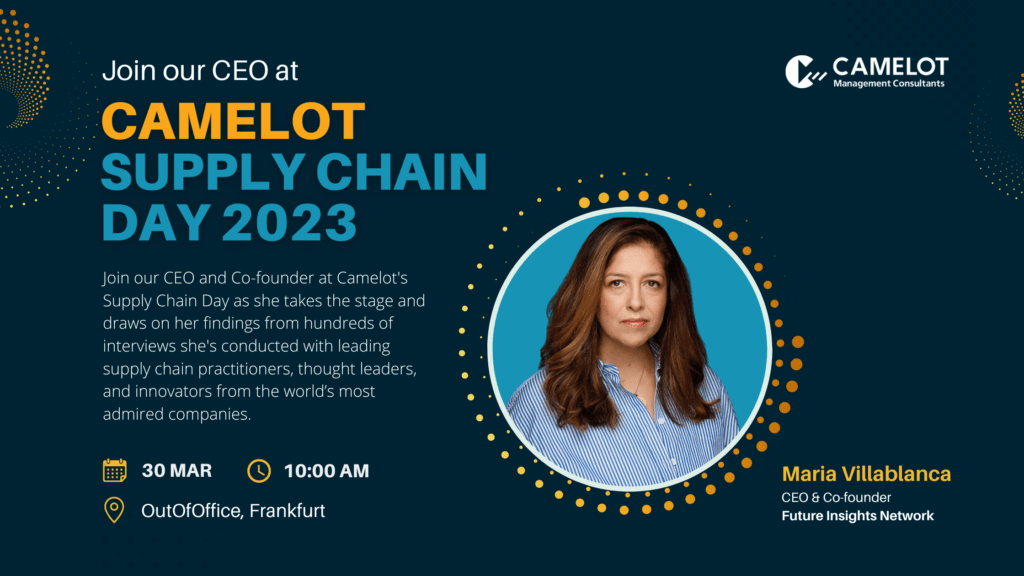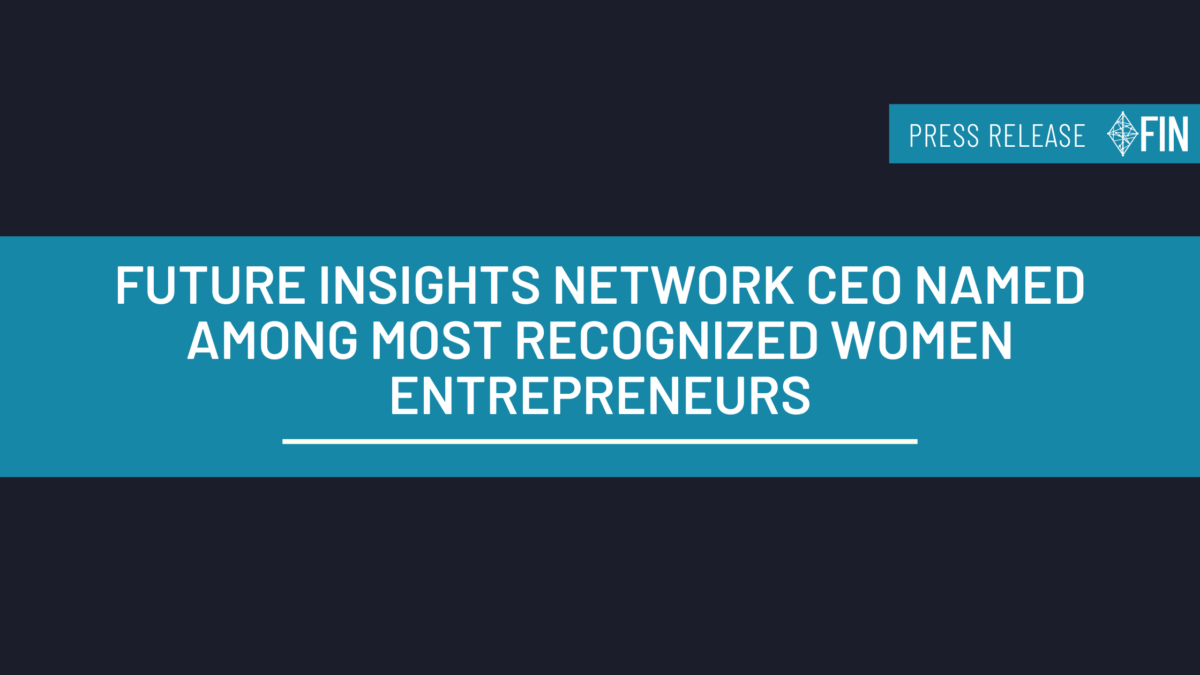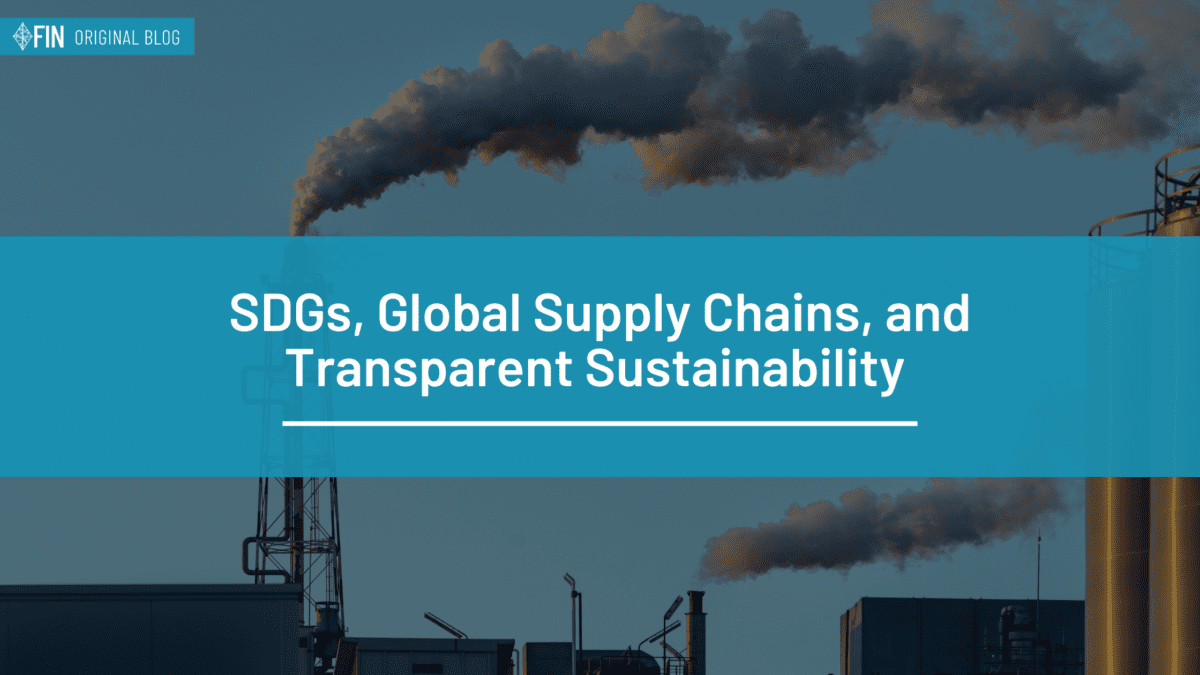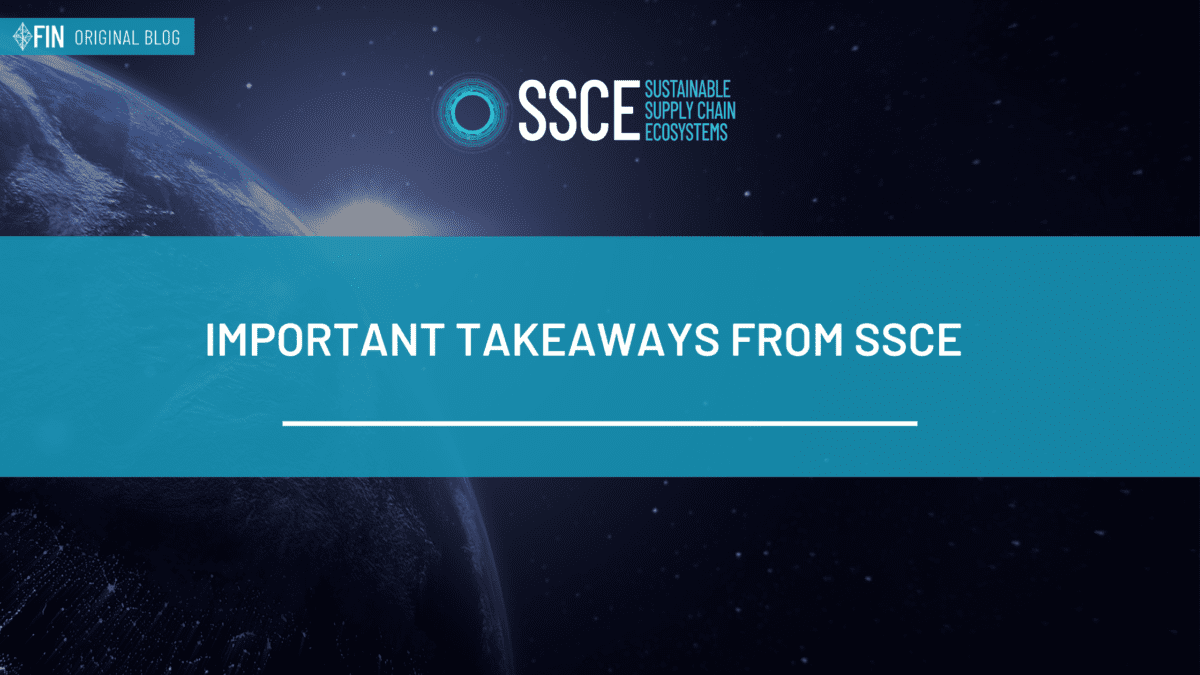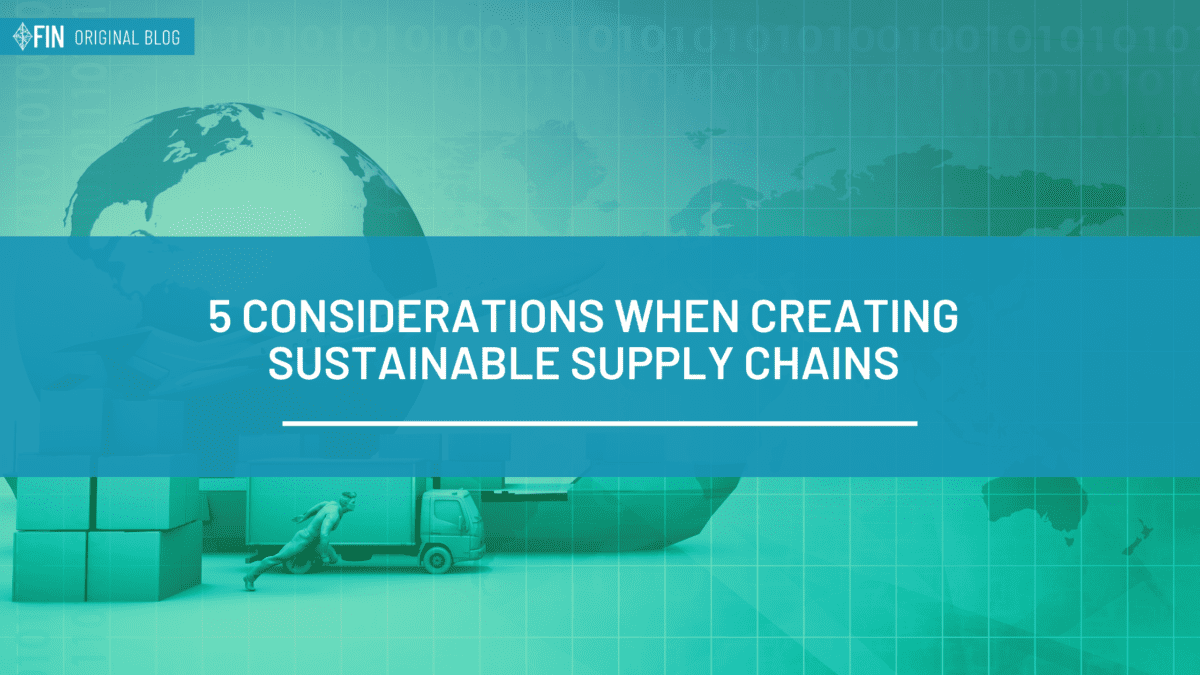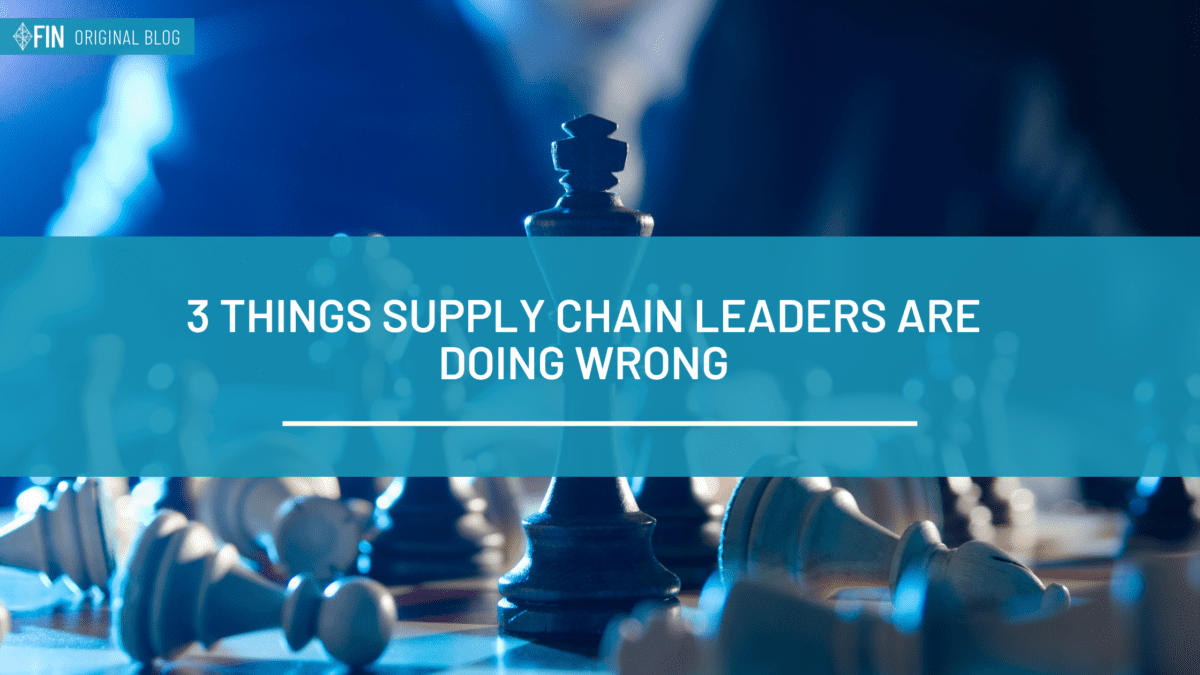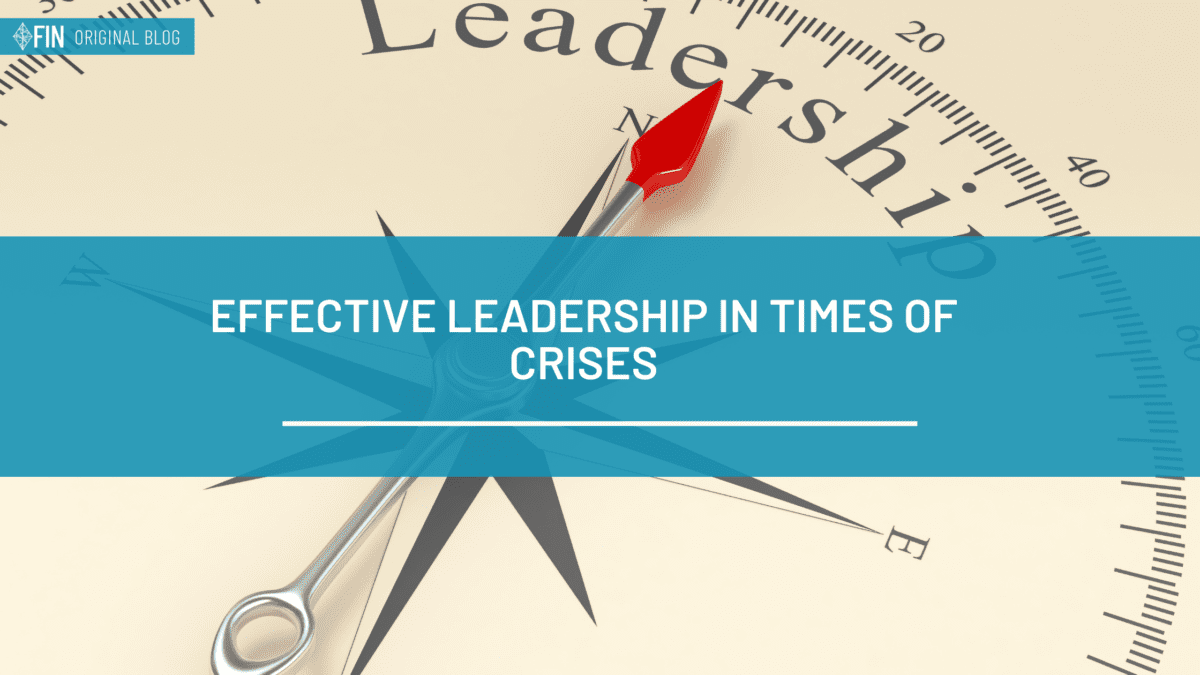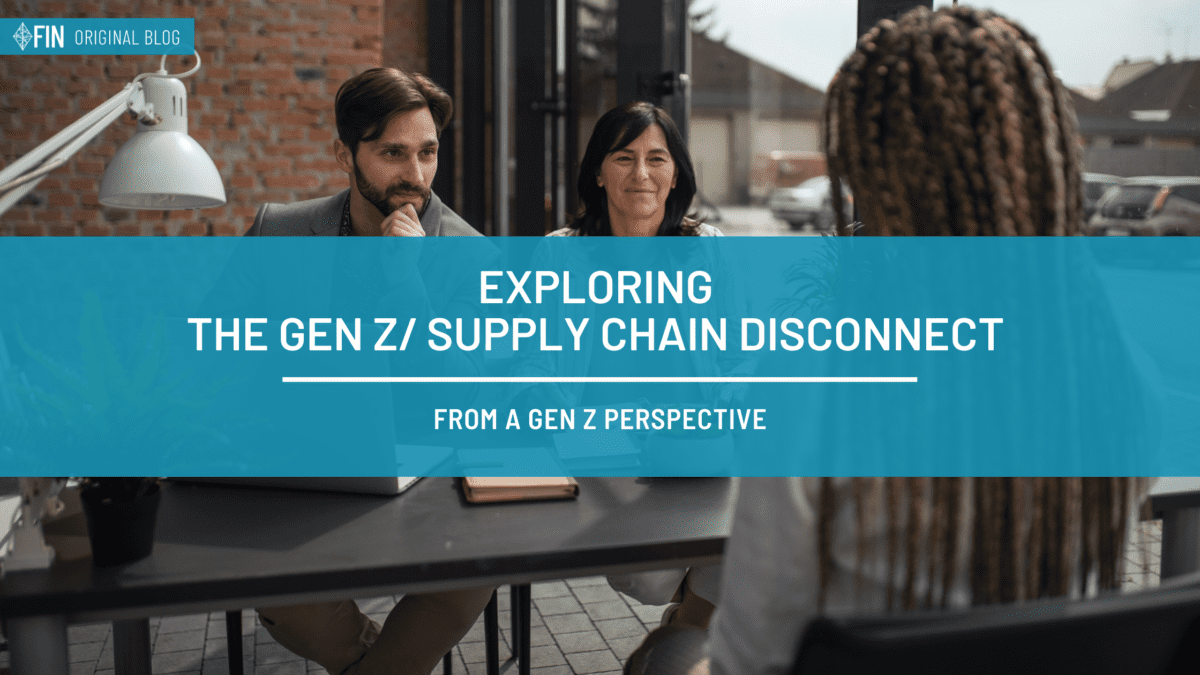The future of supply chains lies in the update of Fourth Industrial Revolution (4IR) technologies within all business operations. With technological advancements like AI, robotics, and blockchain, supply chain management is experiencing a paradigm shift. Of course, new technologies are emerging every day, and understanding the difference between real advancement potential or a buzzword-entwined fad poses the question of how supply chains can adopt the Fourth Industrial Revolution technologies to revolutionize their current efforts.
The Fourth Industrial Revolution encompasses a range of technologies that are revolutionizing supply chains. According to a report by PwC, AI alone has the potential to add $15.7 trillion to the global economy by 2030. The fusion of digital, physical, and biological systems is leading to increased automation, connectivity, and data-driven decision-making.
Real-time data and analytics are empowering supply chains like never before. Companies can gain enhanced visibility across their networks. According to a survey by Accenture, 79% of supply chain executives believe that IoT will have a significant impact on their operations enabling proactive decision-making, optimized inventory levels, improved demand forecasting, and quicker response times to disruption.
People keep saying AI is coming, the future is coming – but is it? It looks to us like it’s already here.
But, for every company that is embracing the 4IR and its surrounding technologies and capabilities, there are many that still do not see its benefits or more commonly, simply do not know where to start.
Does the rise of robots mean the demise of the workforce?
There is always a real worry in times of change that the human element of these processes will become redundant. This is an incredibly valid concern for workforces and needs to be treated responsibly by leaders. Supply chains already have an ever-widening skills gap, not only with digitization but with the retirement rate of baby boomers vs the recruitment of the new generation of supply chain leaders causing gaps in the workforce across the world.
Recruitment within supply chains is a crisis, but the idea that this is because robots and Artificial Intelligence are taking our jobs is just a fallacy. According to the World Economic Forum’s Lighthouse Network, by 2025, 85 million jobs may be displaced due to automation, which though sounds alarming, many fail to hear that 97 million new roles may also emerge.
Traditional engineers can transition to Fourth Industrial Revolution digital roles with the right training and by adhering to best practices for adult learning. The Global Lighthouse Network give an example of an advanced industries company in North America that partnered with universities that allowed them to upskill 40% of the workforce at their Asia Sites by using personalized learning programs based on individual personnel needs.
Upskilling and reskilling lay at the center of successful 4IR transformation, but this is not something that can be achieved at the flip of a switch, leaders must be able to not only facilitate but communicate change effectively from the ground up, allowing everyone to be actively involved as part of the journey.
Transformation & “Pilot Purgatory”
There isn’t just a skills gap we need to consider when discussing industry-wide transformation but the gap that is ever-growing between industry leaders and those further behind in the journey.
Everyone knows the benefit of adopting 4IR and as supply chains embrace the Fourth Industrial Revolution, the potential for transformation is vast. By leveraging technologies like AI, IoT, robotics, and blockchain, supply chain leaders can enhance visibility, responsiveness, and traceability.
But the problem here isn’t the question of its benefits, it’s how all companies can pull off successful transformation projects. The World Economic Forum (WEF) found that whilst many manufacturers have made strides towards technological transformation, over 70% of companies in the manufacturing ecosystem find themselves stuck in what they define as “pilot purgatory”. This, according to the WEF, is where companies are attempting to implement advanced technologies without measurable operational KPIs, making the measurement of success and identifiable improvement areas difficult to assess.
Industry benchmarks and transformational case studies must be accessible for all companies to help accelerate widespread adoption of advanced 4IR technologies, for all companies that wish to remain competitive in this new landscape.
The Global Lighthouse Network
We have referred to the Global Lighthouse Network several times during this piece, and we wish to shed light on what they and the companies within their network have achieved in the realm of 4IR.
In 2018, the World Economic Forum and McKinsey & Company launched the Global Lighthouse Network, a community of leading manufacturers chosen and identified by their adoption of Fourth Industrial Revolution technologies to transform factory value chains to generate returns in financial operational, and environmental areas.
‘Lighthouses’ are selected through a comprehensive process led by an independent panel of world-leading 4IR experts. As of 2023, there are 132 Lighthouses based all over the world and are leading the way in digitization, automation, predictive analytics, and the Industrial Internet of Things, all of which are accelerating their productivity, sustainably, and financial targets.
The Global House Network isn’t just an accolade for the chosen few, but these leaders are pushing benchmarks through their demonstration of these new technological uses, and paving the way for digital connectivity beyond individual plant sites and across the value chain.
Not only that, but for companies yet to embark on their transformational journey into scaling 4IR technologies, these Lighthouses have left waypoints to successful transformation, allowing others to learn from their mistakes, and emulate their successes.
The Global Lighthouse Networks not only celebrates the trailblazers, and helps to educate those further behind on their journey into the 4IR, but encourages healthy competition which helps further breed innovation and advancements across the industry.
A Roadmap for the Unknown
Members of the Global Lighthouse Network have contributed to a playbook on how to best approach transformation based on their own various implementations, providing a map to those who are about to embark into unknown territory themselves allowing all to step into the next phase of the digital revolution.
Having resources, roadmaps, and beacons of this caliber to look to in times of uncertainty and unknown means we continue to celebrate those that are paving the way whilst simultaneously allowing those who follow in their footsteps to prosper.

